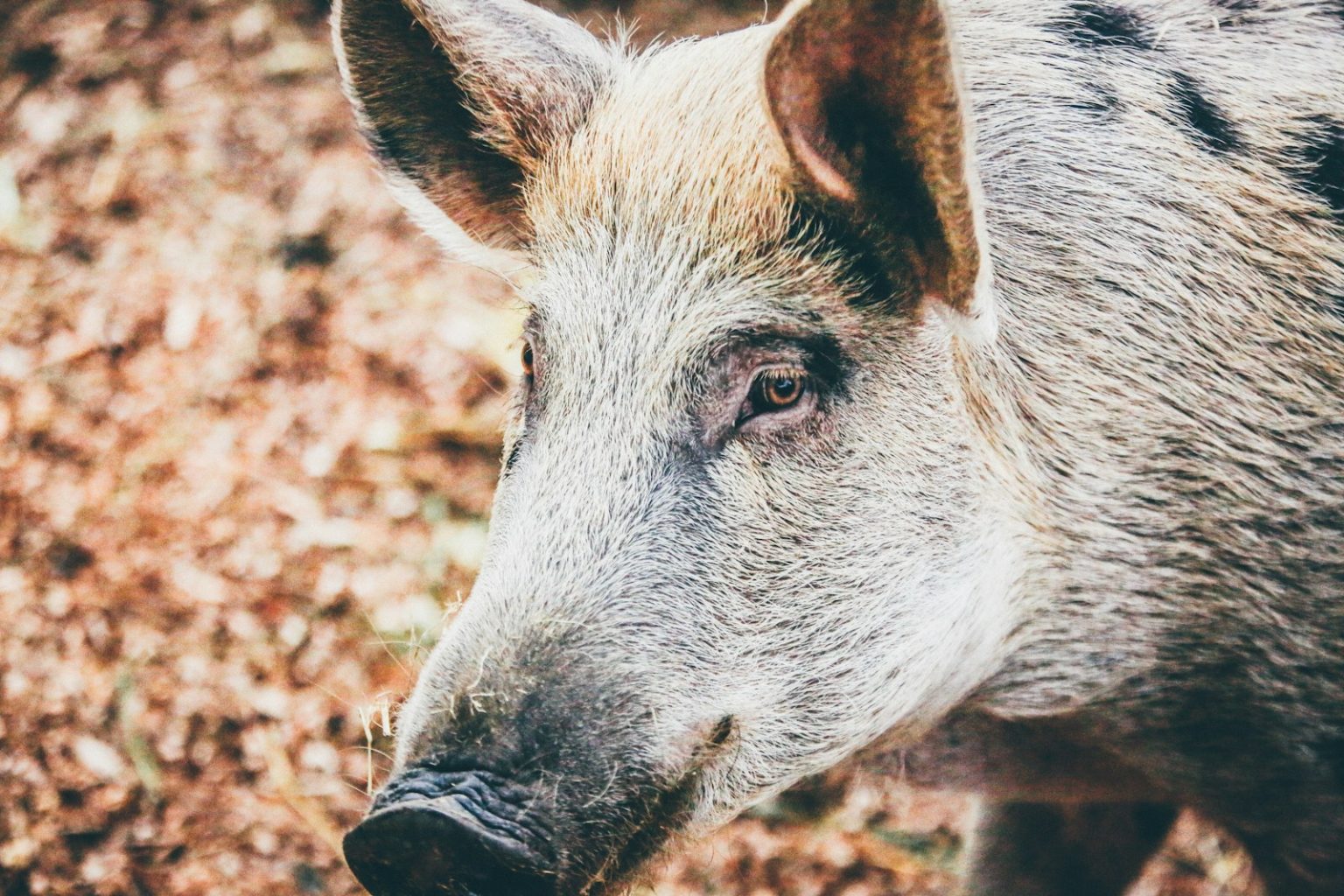The USDA has released its quarterly hogs and pigs report for the first quarter of 2025. The report shows a decrease in inventory compared to the same period last year. Michael McConnell, a USDA livestock analyst, said the overall hog inventory in the United States has declined.
He pointed out a reduction in the breeding herd. He also noted that the pigs per litter rate has dropped compared to the previous two quarters. Additionally, sow farrowings have decreased by one percent.
They reached 2.89 million head for the winter quarter. McConnell provided more details from the quarterly report. He emphasized the trends and factors contributing to the lower numbers this year.
The agriculture community is closely watching these figures. They have significant implications for market dynamics and future forecasts. Analysis of red meat and poultry markets has traditionally focused on the supply side.
This analysis is supported largely by USDA reporting. While supply analysis is critical, we must ask if too much reliance is placed on the accuracy of USDA survey data. Survey data is not perfect and should be considered in that context.
The March 1 Quarterly Hogs and Pigs Report is a key example of how this information can lead to misleading conclusions about future supply. Revisions are common in survey information. The December 1 Hogs and Pigs Report was released on December 23, 2024.
It indicated the All Hogs and Pigs Inventory was 75.845 million head.
Drop in hog inventory analysis
This was a 1 percent increase from the previous year.
The Kept for Breeding category was 6.004 million head, equal to the previous year. The Market Hogs were reported to be up by 1%. However, the latest Quarterly Report released on March 27 showed significant revisions to the inventory of Market Hogs.
There was a 940,000 head revision from the December 1 report. Although percentage-wise this may not seem large, it is significant from the perspective of projected market hog supplies. A 940,000 head difference between the two reports suggests that if the December 1 report was taken at face value, it could lead to a critical forecasting error.
Forecasts in the meat industry are very important for business decisions. This makes accuracy extremely important. This raises the question of whether errors come from the USDA or the analysts themselves.
The error in the Hogs and Pigs Report shows potential problems when relying only on USDA surveys without using additional information. Significant changes are happening in the livestock and poultry industries. These industries have experienced meaningful changes in their structure and the products they produce.
These changes require a greater focus on the consumer and the demand side of the price equation. From the perspective of an economist with 40 years of market analysis experience, it’s clear that we need to place more emphasis on demand. While USDA surveys are useful, they should not be the only basis for market analysis.
They are a component of the analysis to project supply. The other critical component is demand. A greater focus on this area is essential for accurate forecasting and effective business decision-making in the evolving meat industry.
Photo by; Nick Karvounis on Unsplash

